Fix a Computer That Turns on but no Displays
You can use any one of the fixes mentioned below but it is recommended to try them one after the other.
Fix 1: Force Restart your Computer
More often than not, computers running on Windows can have problems resuming from sleep or hibernating state. In such cases, it may seem that the computer is turned off, while it is actually not. The first and the most obvious thing to do is to force restart your computer. However, since there is no display in the first place, you cannot do this normally as you would with the display working. Hence, you need to press the power button and keep it pressed until your computer restarts.
Repeat this process two more times and you will launch the Windows Startup Repair screen. However, if this does not fix your problem still, then proceed to the next method.
Fix 2: Check if your Monitor is Working
If a couple of force restarts won’t fix the issue, then it could indicate a problem with your monitor. Most monitors have a power LED to indicate that it is connected to a power supply. If you see this LED, turned on then move on to the next fix. Otherwise, remove your monitor’s plug from the power socket and reconnect to see if it fixes the issue. Most monitors also have power buttons at the bottom of the display. Try to find the power button on your monitor and press it to turn it on. You must remember though that most monitors can take up to several seconds to turn on after pressing the power button. So, in case you do not have an LED indicator for power, just wait for a couple of seconds at each step.
Fix 3: Reconnect your Monitor to your Computer
Sometimes it may not be the power supply but the data connection between your computer and your monitor that is causing the issue. Disconnect the cable going to your computer from your monitor and reconnect it to see if it works. A loose connection can often cause this kind of an issue. Even better, use a different cable to connect your monitor to verify whether it is a cable issue. Another thing worth verifying is whether the monitor is connected to the correct port on the computer. Computers usually have several HDMI/VGA ports. If you are not sure, try each port one by one. If you happen to have another computer, then you can try connecting this monitor to it. If it works on this computer, then the issue may not be with your monitor but your computer or its video ports.
Fix 4: Disconnect your Peripherals
In some cases, other peripherals like a mouse, printer, or scanner may be the culprit. The best way to determine if it is any of them is to disconnect all of them and then connect them one by one. First, shut down your computer by holding the power button for a couple of seconds. Once it is done, disconnect all your peripherals except your keyboard. Turn your computer back on again. If the display is working them reconnect the peripherals one by one and restart your computer each time to see if the issue reappears. In case removing the peripherals doesn’t fix this issue, you can move on to the next method.
Fix 5: Reinstall your RAM
Whenever a desktop computer turns on, you hear a beep. This beep is the initial check that a computer performs to see if the peripherals are working or not. If this beep does not sound, then the issue most probably lies with your RAM. Removing and reinstalling the RAM may fix the issue in such a case. Of course, you have to turn off your computer by pressing the power button for a couple of seconds first. As a precautionary step, also disconnect the computer from your power supply by removing the plug. After that, remove the side panel of your computer’s cabinet to reveal the motherboard and the RAM slots. RAM slots usually have two clips at both ends to hold the RAM in place. Pull those clips to free the RAM. Now, gently pull it up. If you have isopropyl alcohol with you then pour a few drops of it onto a clean cloth and wipe the bottom end of the RAM that plugs into the slot. Keep the RAM aside for a couple of minutes. After a few minutes have elapsed and the alcohol has dried up completely, reinsert the RAM back into the slot and push the clips back into place. Power up your computer to see if you hear the beep now. If you don’t then you may have to try with a different RAM.
Fix 6: Reset your BIOS Settings to Default
Resetting your BIOS may also fix this issue. However, since you don’t have a display to view the menu in the first place, you will have to reset it via hardware. On your motherboard, lies the CMOS battery powering the BIOS. If you remove it and reinsert it, then your BIOS settings will get reset to their defaults. Make sure you turn off the power and remove the AC cord to your computer before you do this.
Fix 7: Repair Corrupt System Files
If all else fails, then the issue may lie with your Windows Installation. Corrupt or missing installation files can often lead to booting issues. A system scan can reveal any such issues and fix them. There are two ways to achieve this:
You can run a Windows repair tool like Restoro.
It is capable of analyzing your entire computer for any missing or corrupt Windows system files.
If you do not want to use any third-party tool, then you can also go for the built-in System File checker tool.
However, this tool is incapable of detecting issues with the registry or corrupted DLL files. Therefore, this is not a foolproof solution.
Conclusion:
A display is one of the most vital peripherals needed to work on a computer. However, a display not working may often be the result of a boot failure. Therefore, if you have other monitors lying around then, it is best to check your computer with them to ensure that it is not a problem with your display. However, if all of the above methods do not work, then it may be time to show your computer to a technician to locate the issue. Comment * Name * Email * Website
Δ



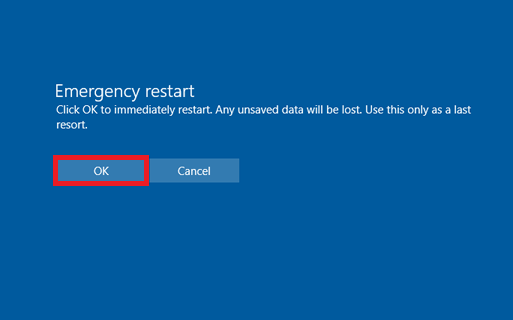
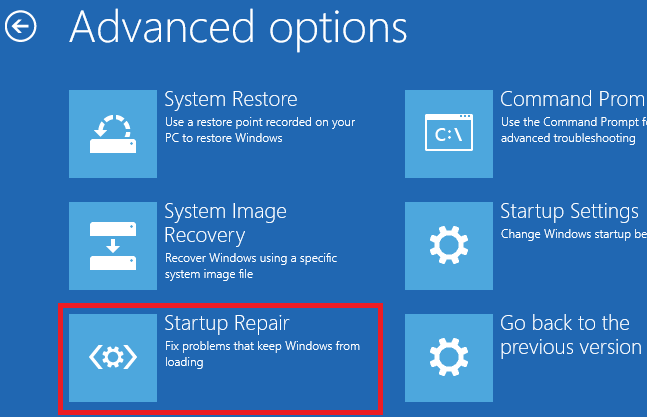

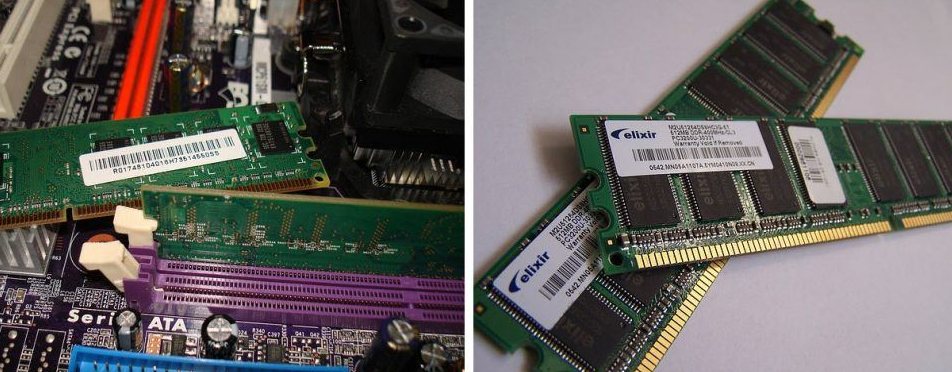
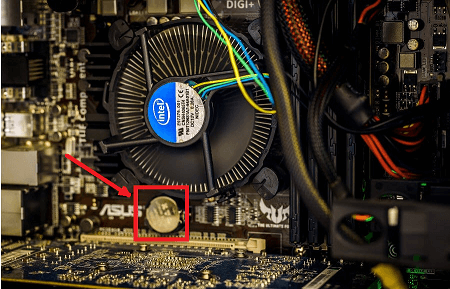
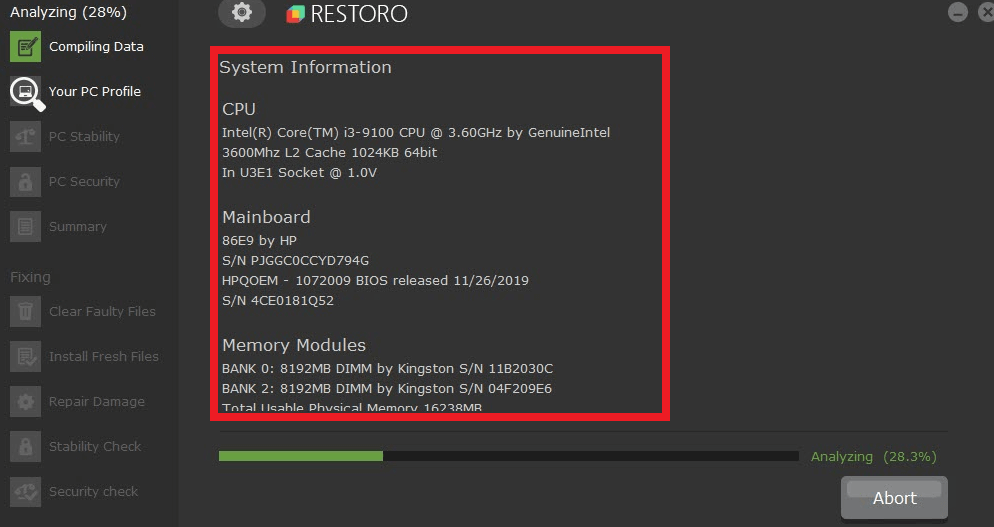
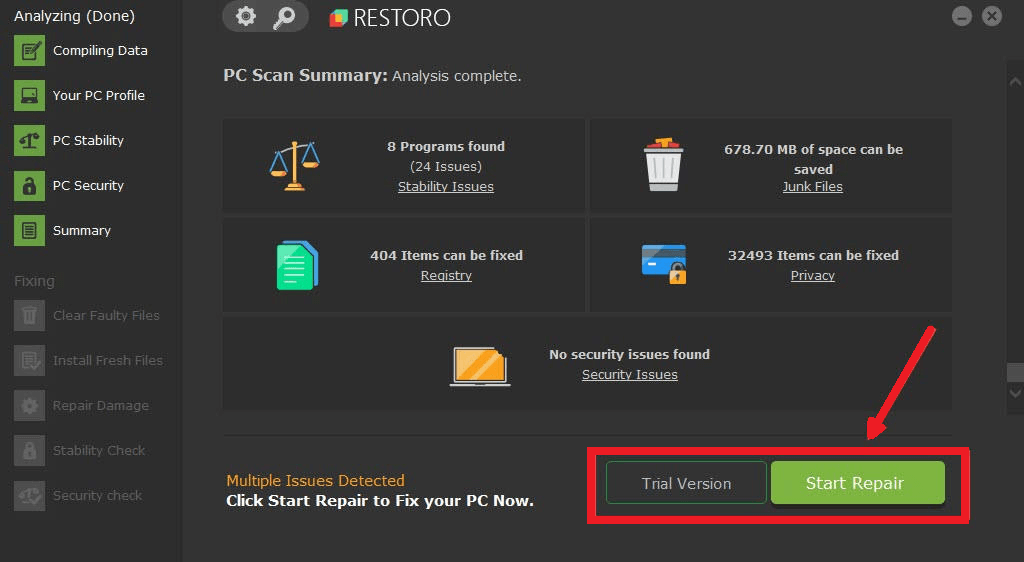
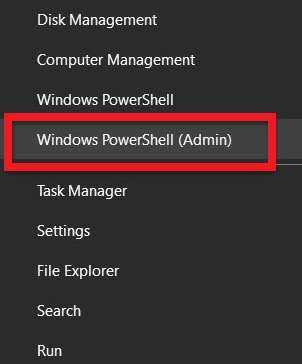



![]()